Day before yesterday, my family and I had the pleasure of visiting the Charkha Museum in Connaught Place. The museum showcased a wide array of artefacts, paintings, and interactive displays which allowed us to delve into the rich history and cultural significance of the charkha, as well as gain a deeper understanding of Mahatma Gandhi’s life and teachings.
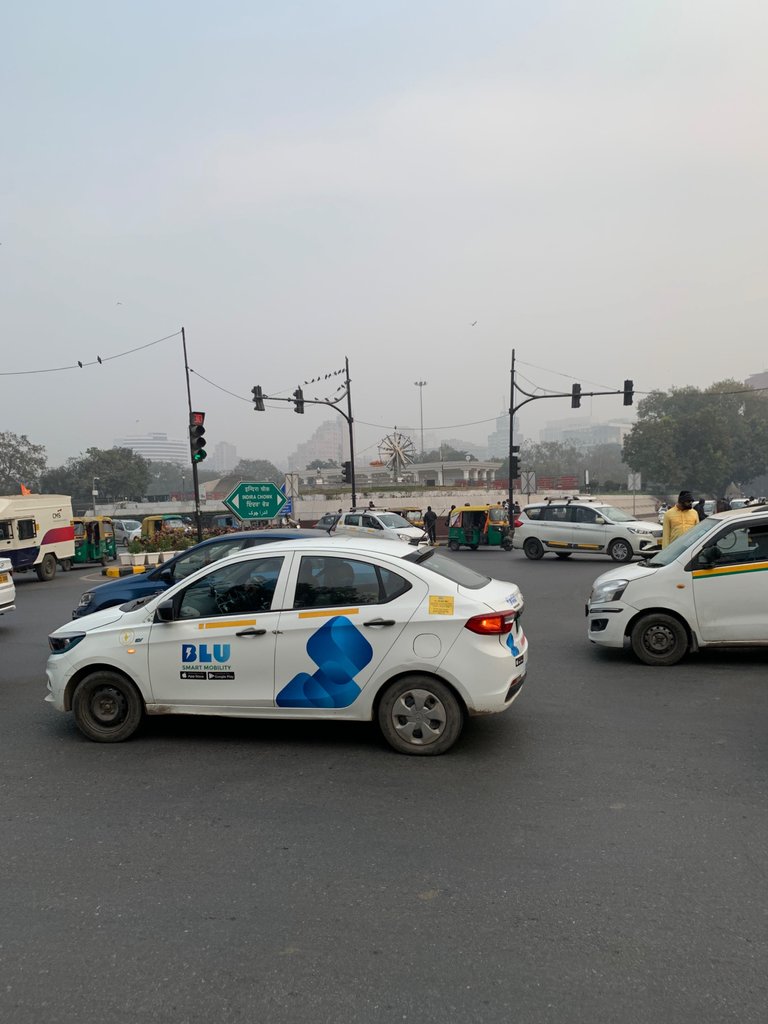
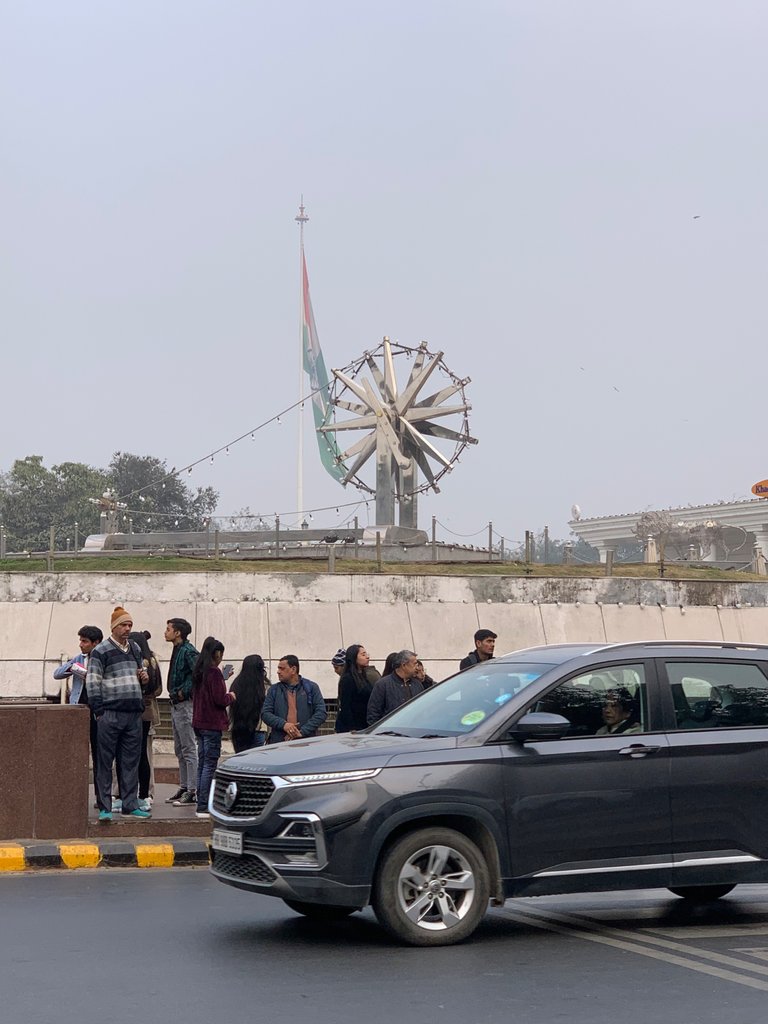
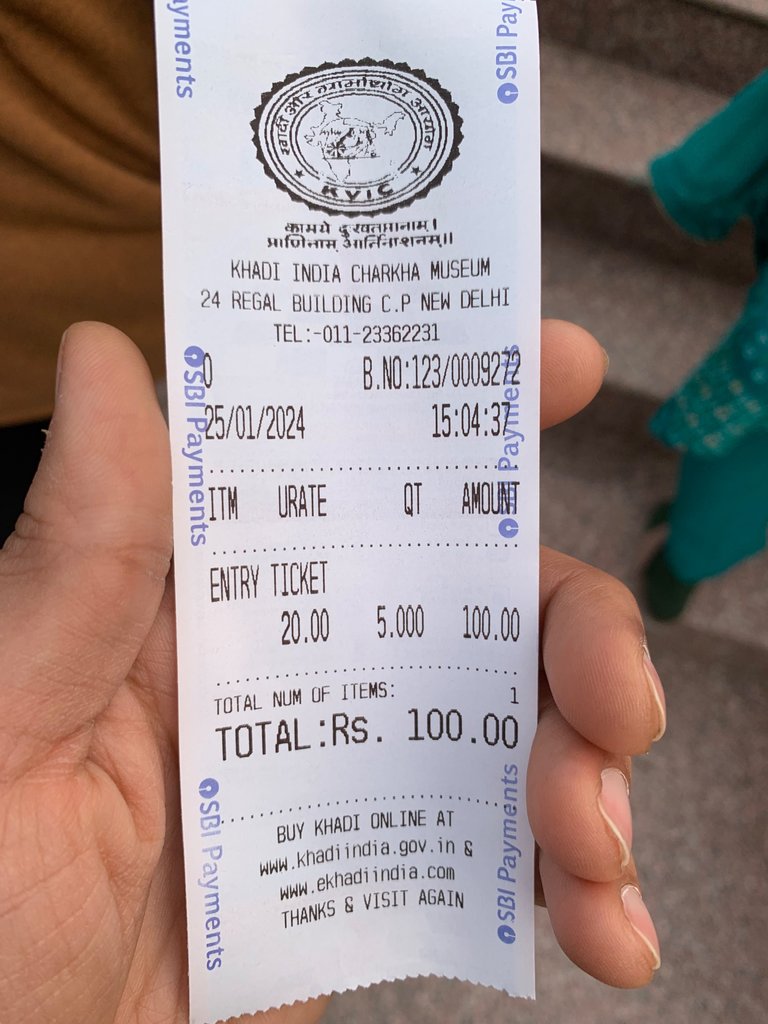
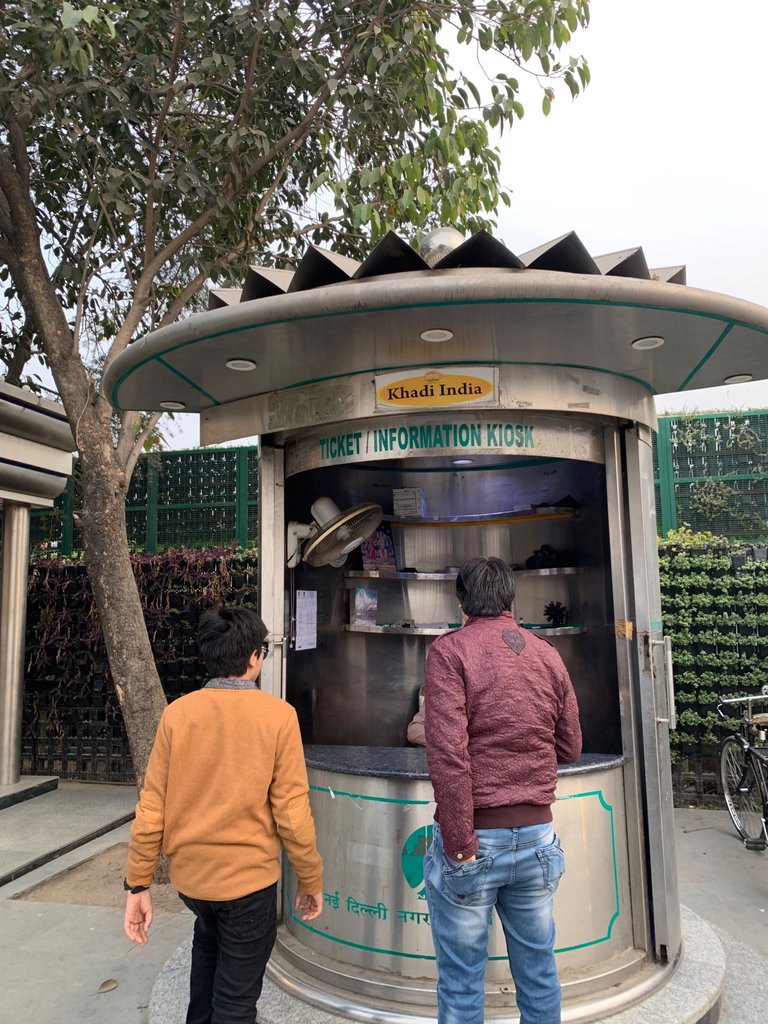
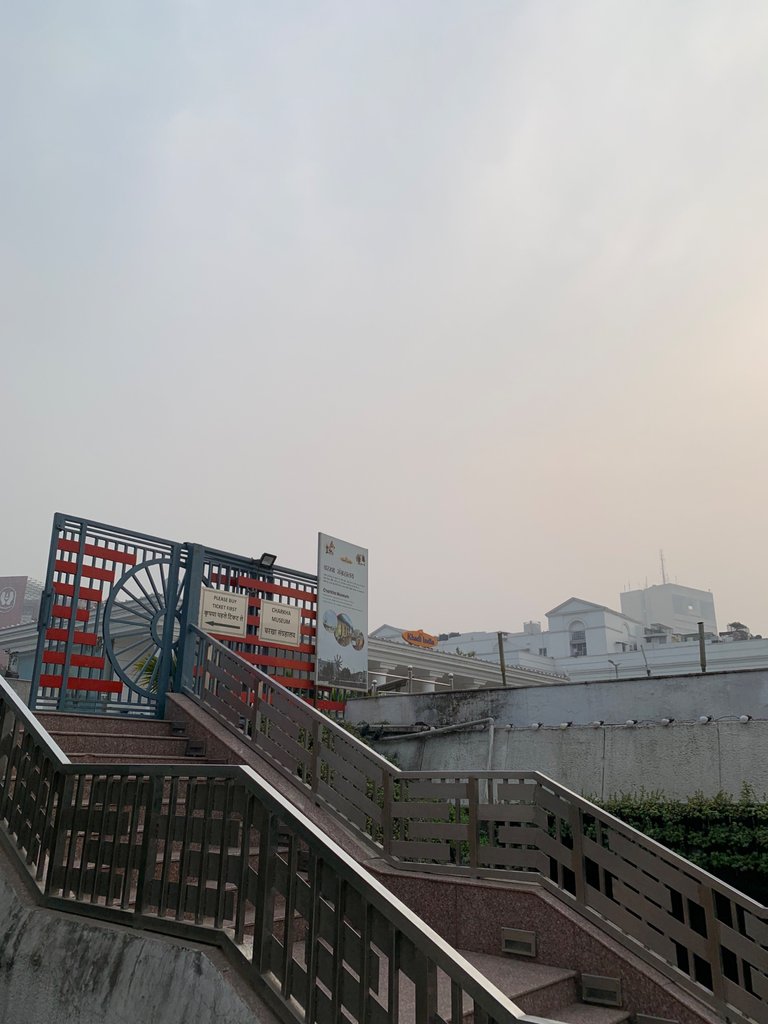
As we entered the museum, our attention was immediately drawn to the Bardoli Charkha and Kissan Charkha, two iconic spinning wheels that played a pivotal role in India's struggle for independence. These charkhas symbolize the resilience and determination of the Indian people during the Bardoli Satyagraha and the Kissan Movement, respectively. They serve as a reminder of the power of non-violent resistance and the ability of ordinary citizens to effect change.
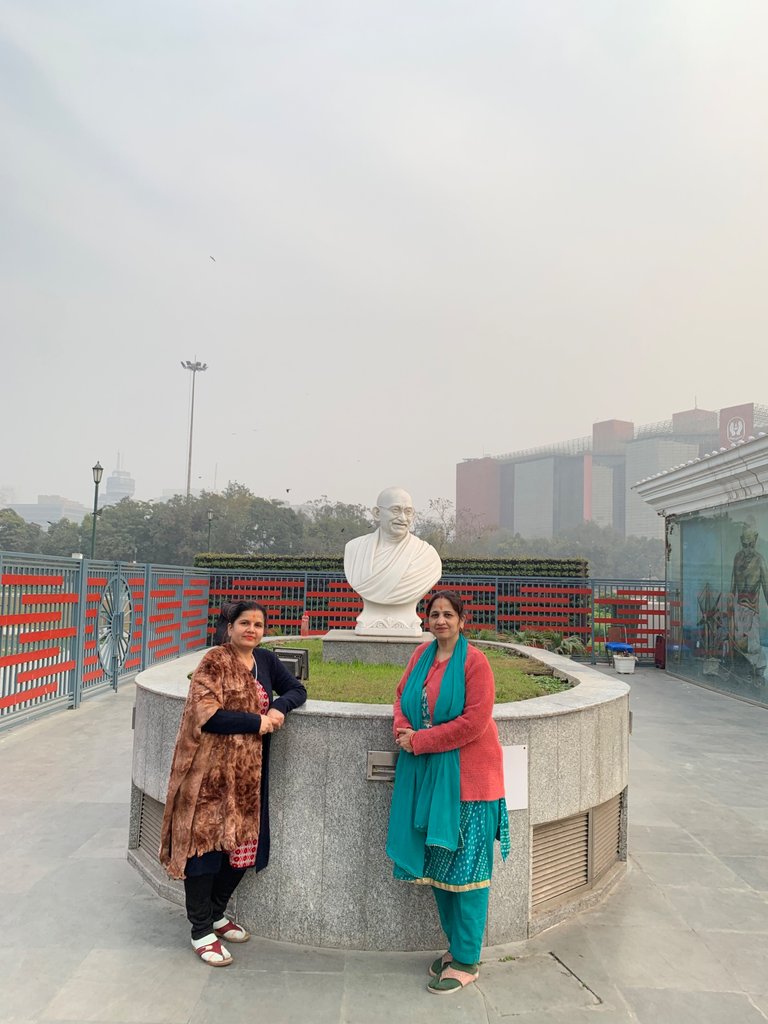
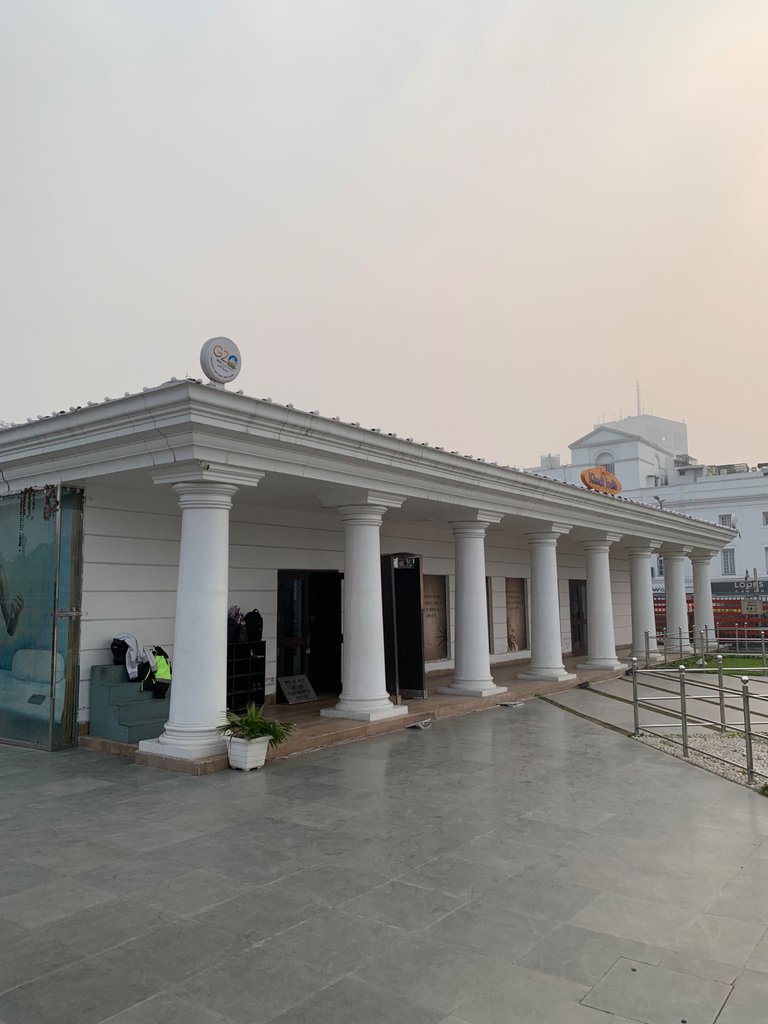
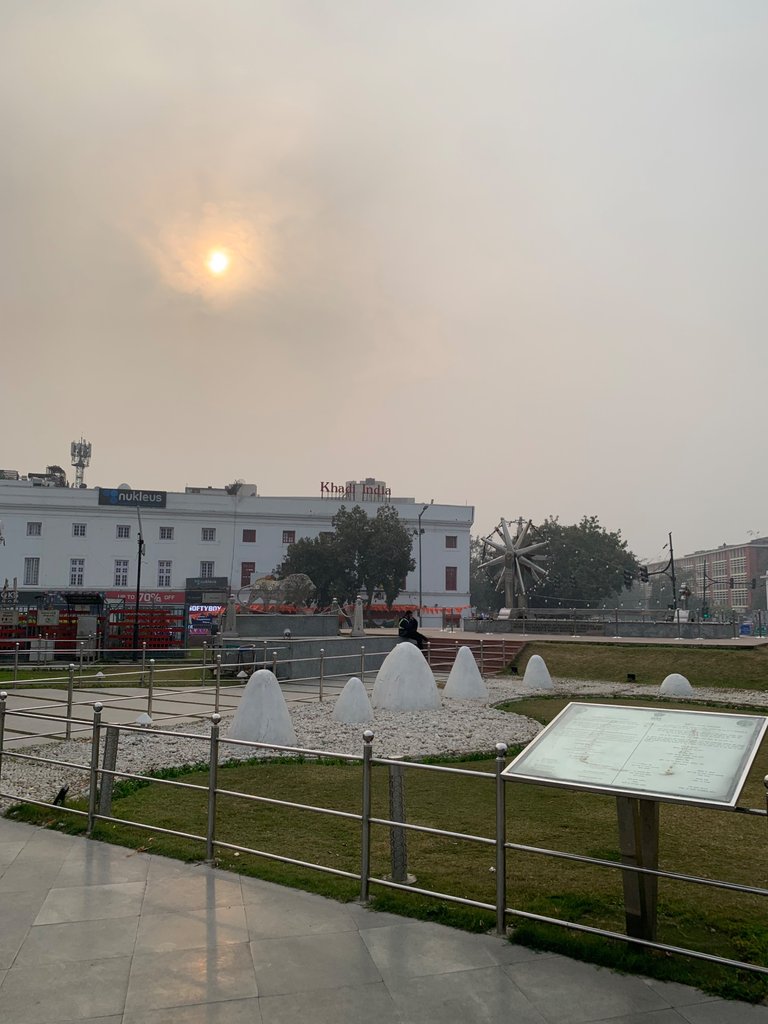
Another fascinating exhibit we encountered was Mahatma Gandhi's famous wooden khadau slippers. These simple yet iconic footwear represent Gandhi's commitment to simplicity and his connection to the masses. They serve as a tangible reminder of his principles of non-violence, self-sufficiency, and equality.
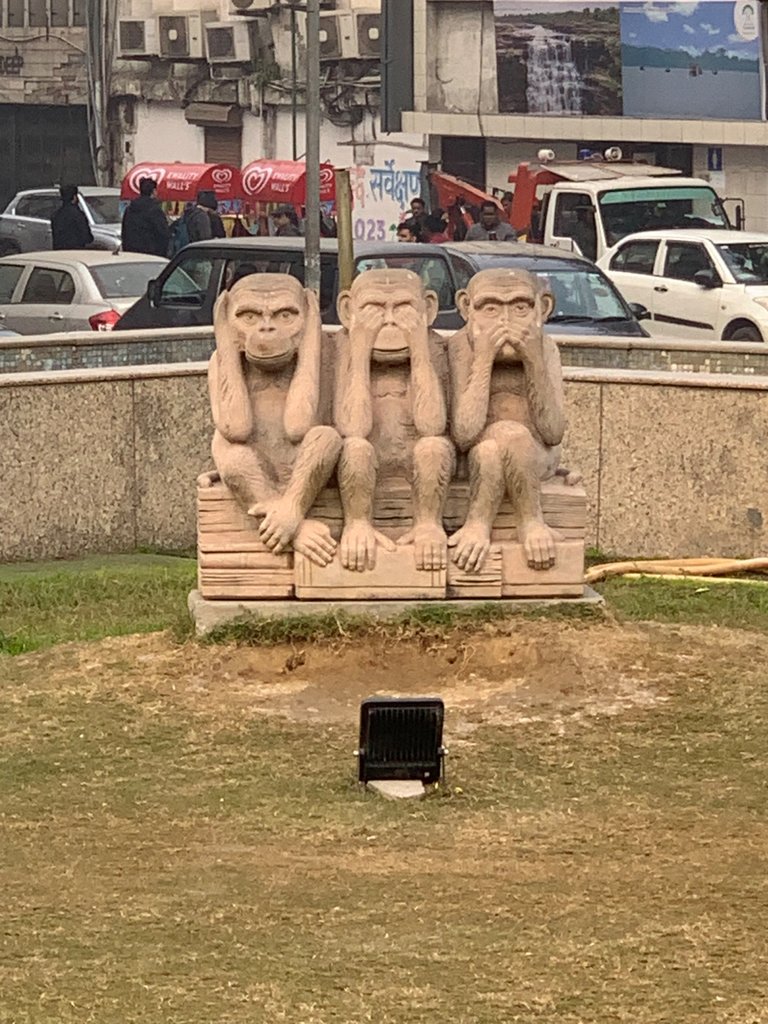
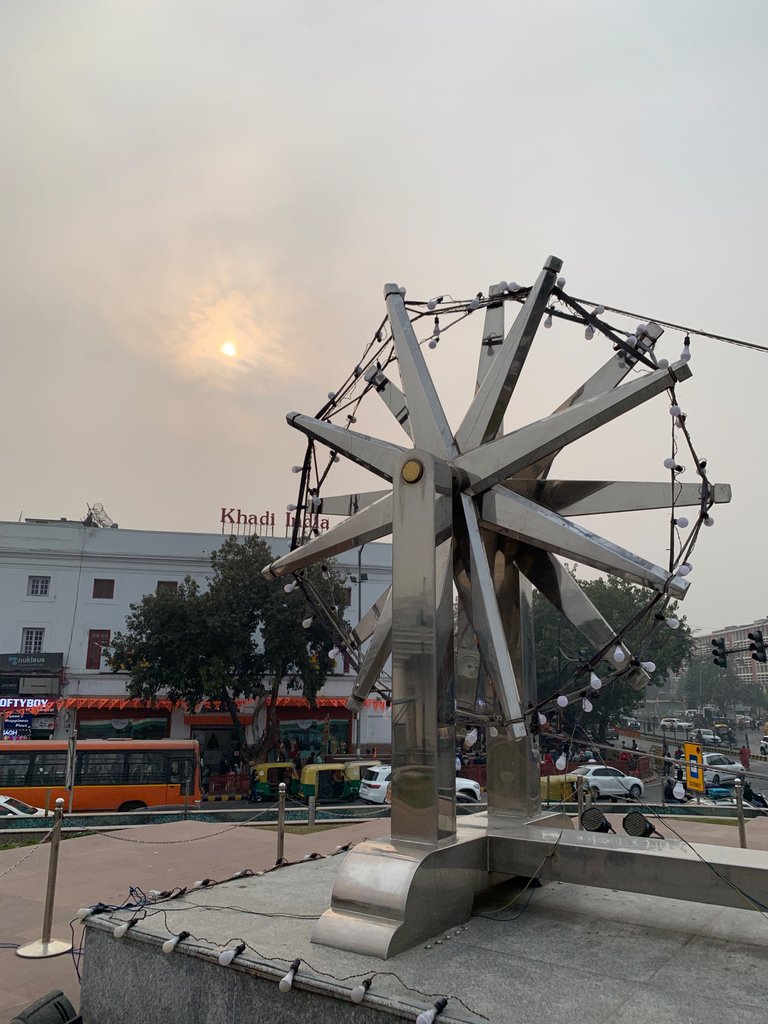
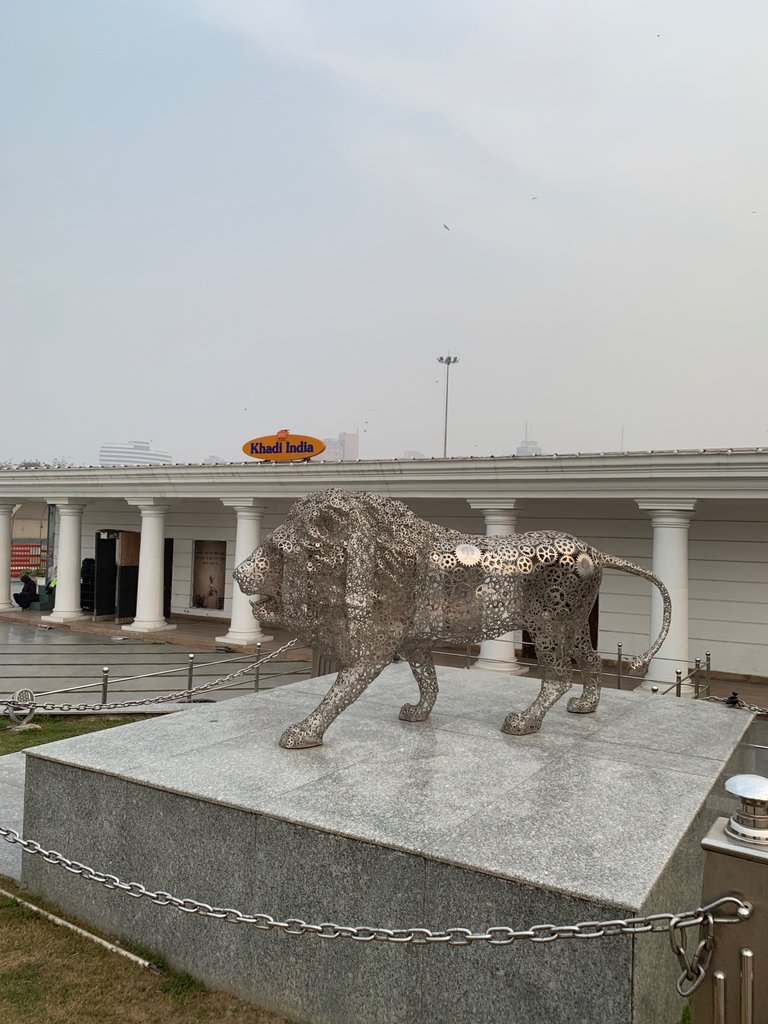
The museum also showcased a traditional Punjabi charkha and a bamboo charkha, both of which highlight the diversity and regional variations of this ancient spinning tool. These exhibits shed light on the different techniques and materials used in different parts of India, emphasizing the importance of preserving and celebrating regional craftsmanship.
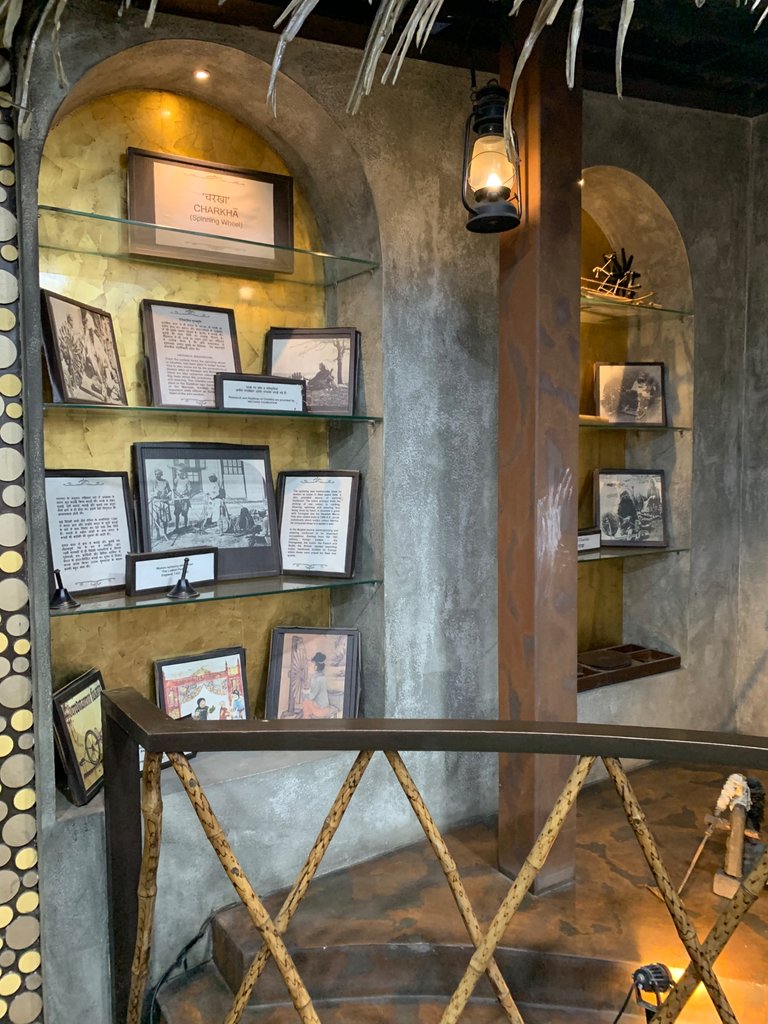
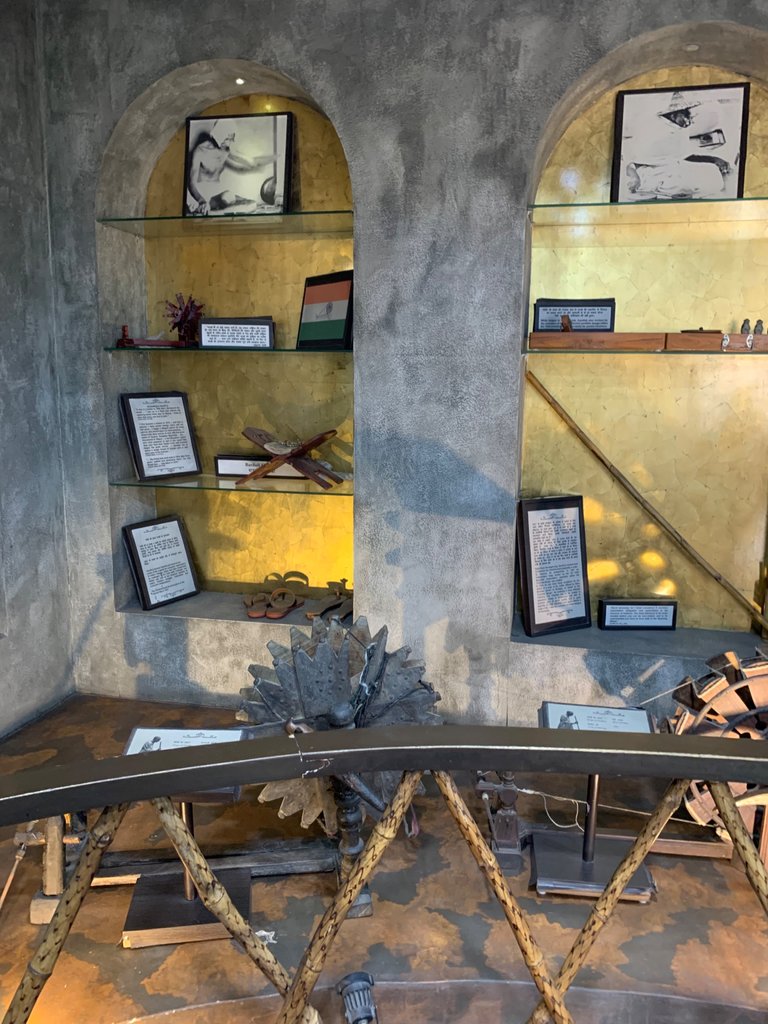
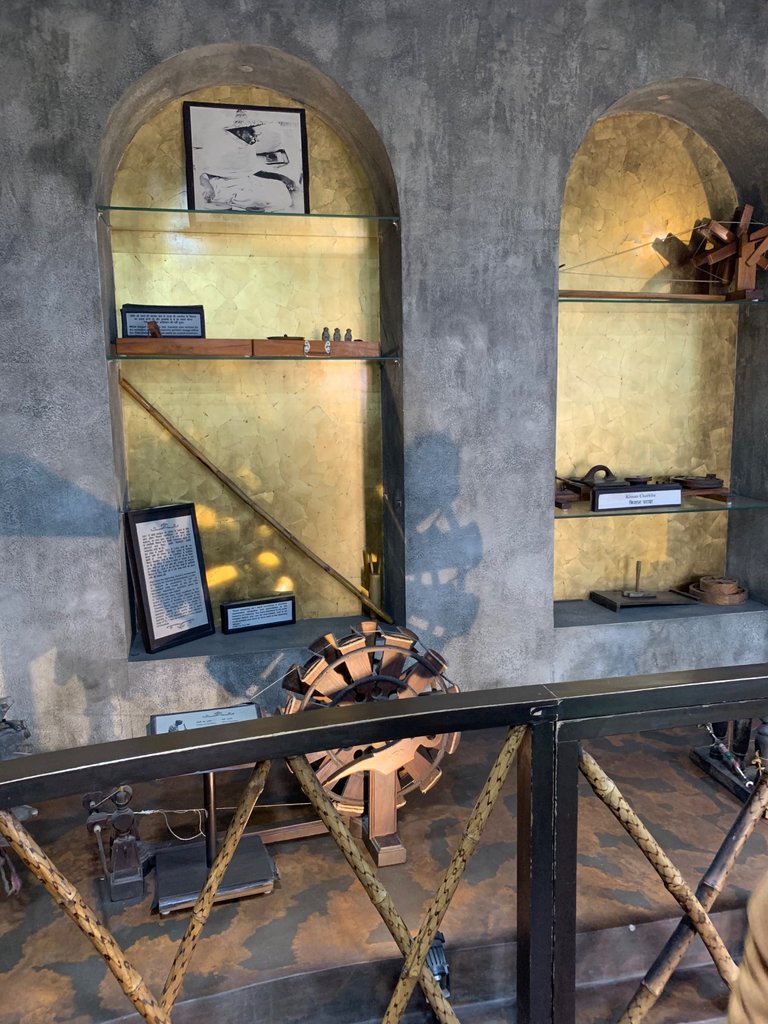
One of the most captivating exhibits was a projector showcasing the life of Mahatma Gandhi. This audio-visual presentation provided a comprehensive overview of Gandhi's journey, from his early life to his role in India's independence movement. It highlighted his tireless efforts to eradicate untouchability and promote social equality, inspiring visitors to reflect on the values of compassion, justice, and inclusivity.
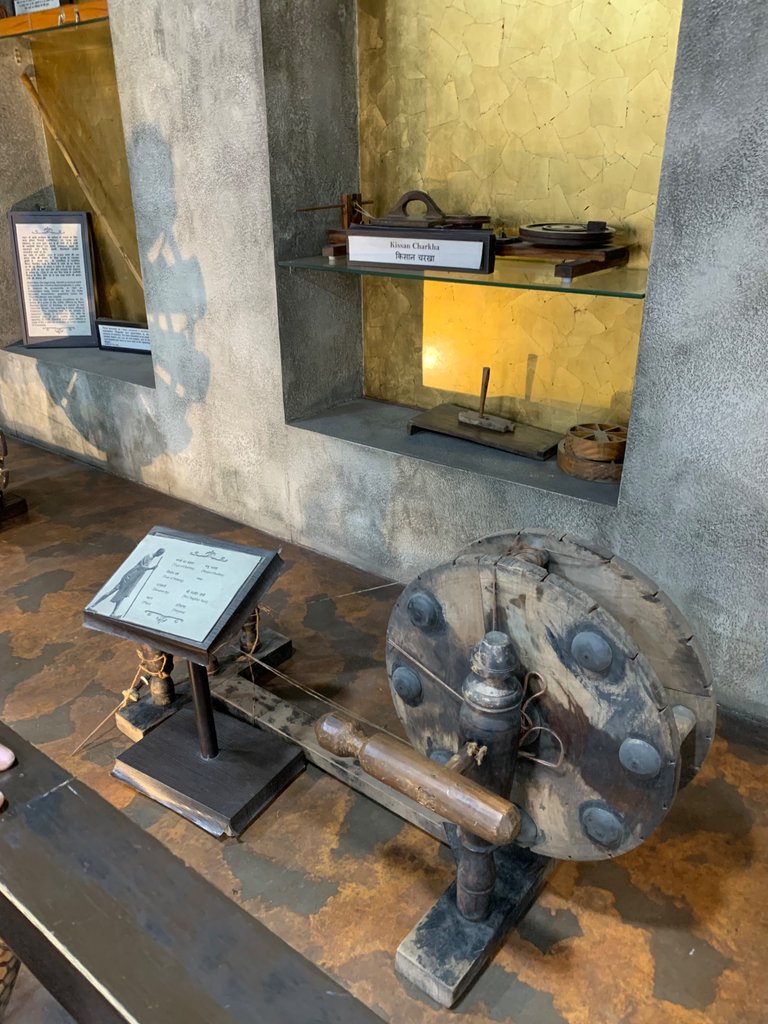
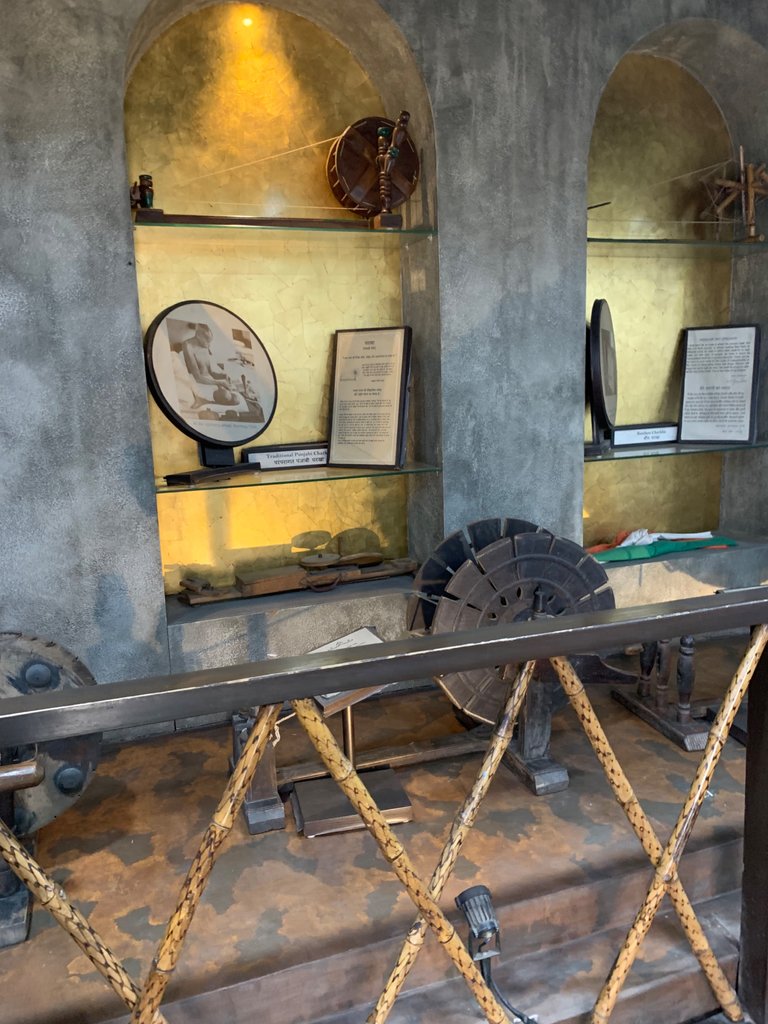
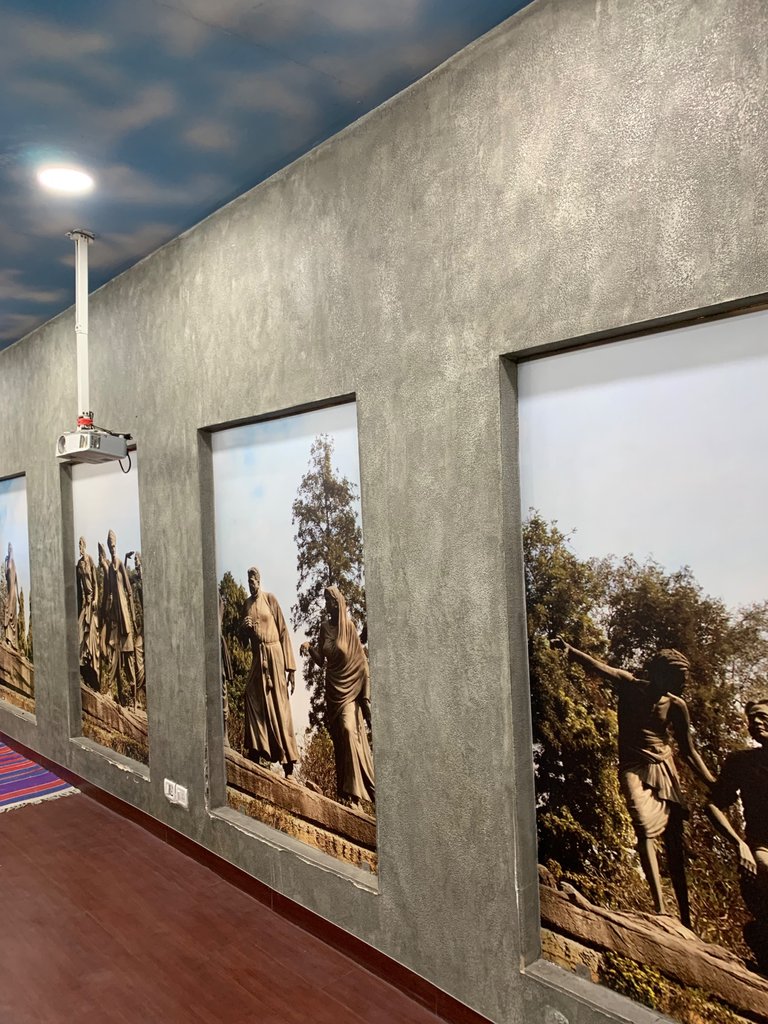
The Indian flag, respectfully rolled down and displayed, served as a powerful symbol of national pride and unity. The posters adorning the museum walls depicted significant events and milestones in India's history, capturing the spirit of the nation's struggle for freedom and progress. These visual representations allowed us to connect with the past and appreciate the sacrifices made by them.
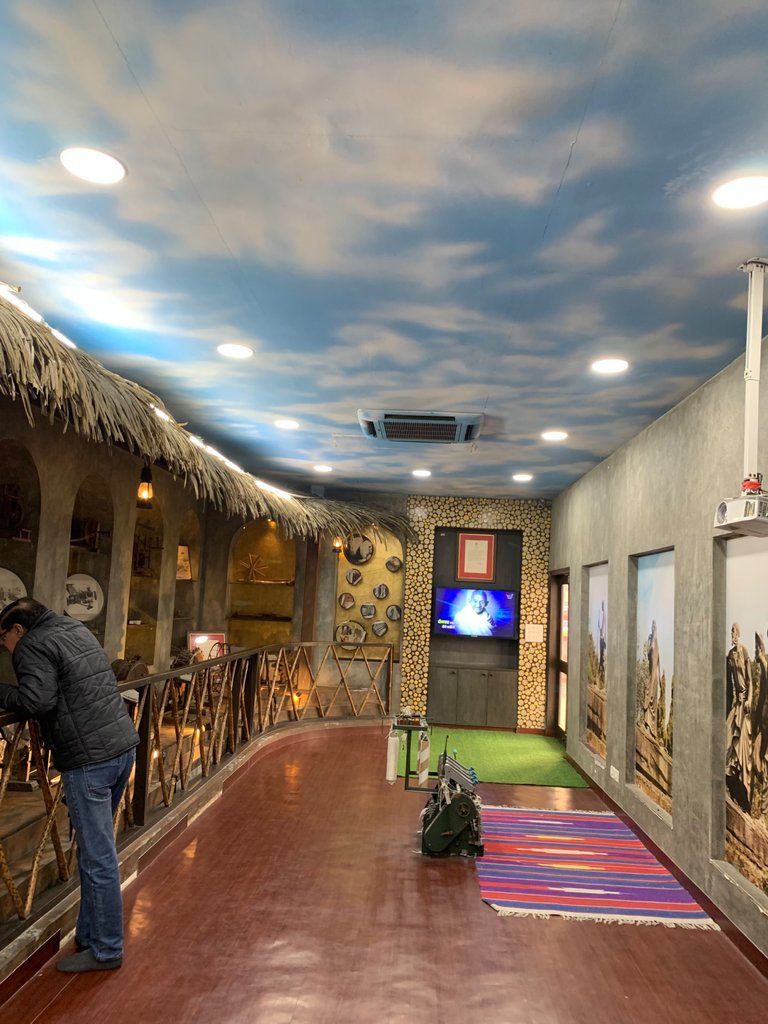
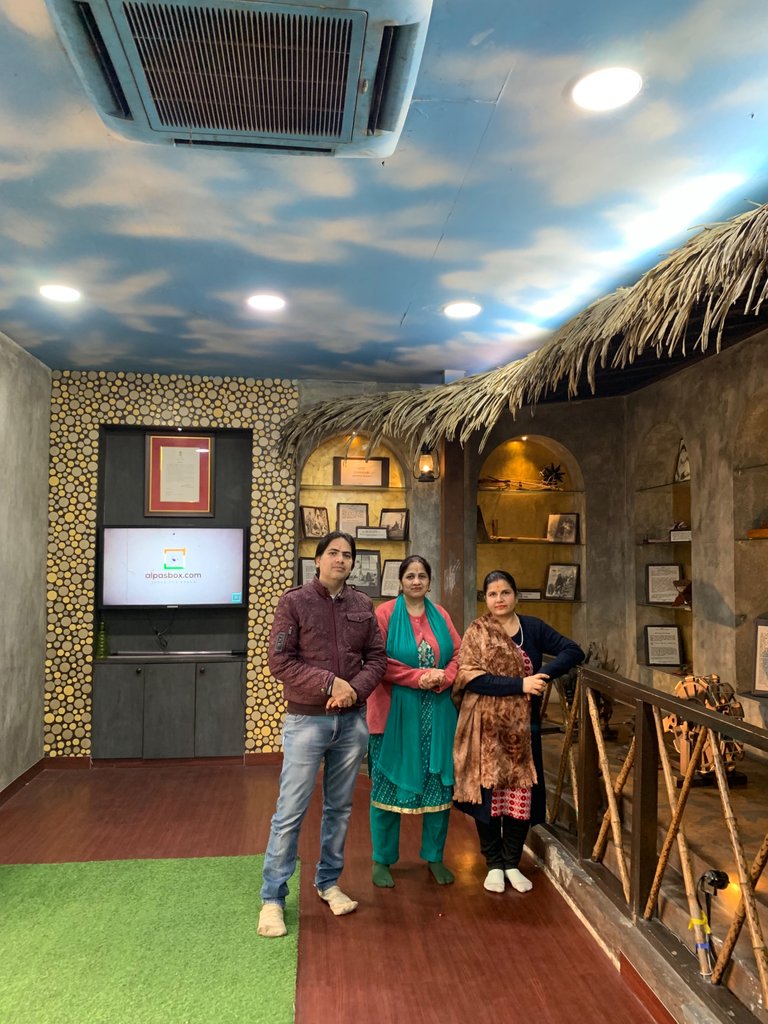
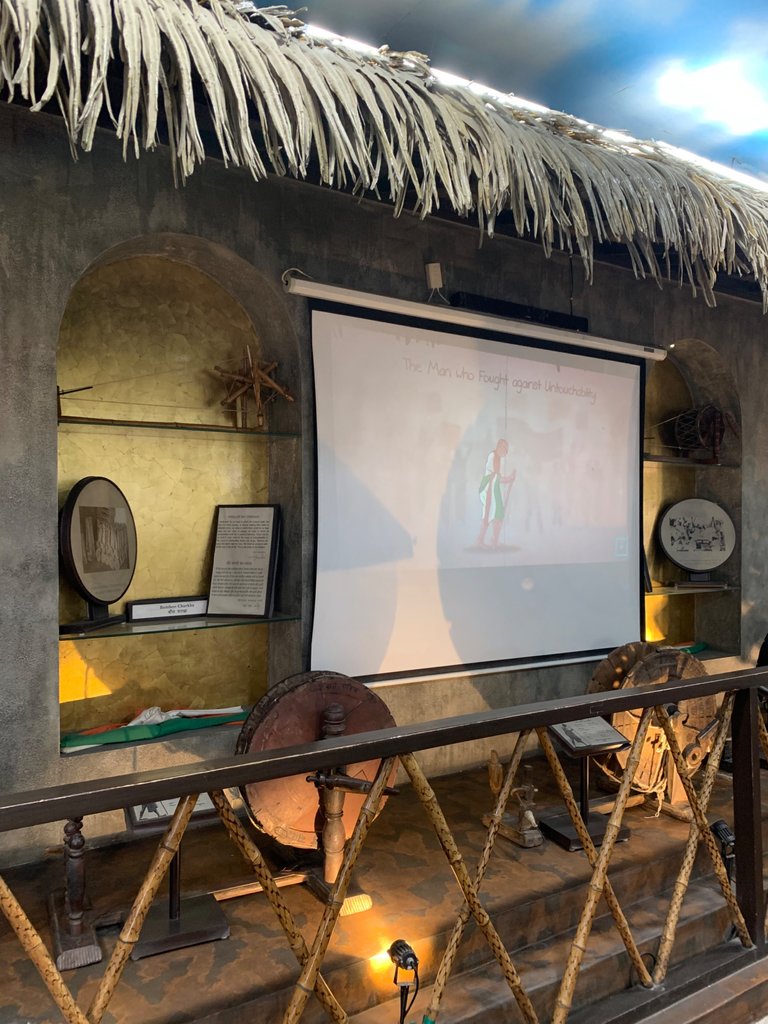
The museum also housed a collection of pictures that depicted various aspects of culture, traditions, and historical events. One of them also showcased the talent and creativity of women spinning and carding wool back when Luttrell Psalter was created in England between 1325-1335 while providing insights into the country's diverse heritage. Additionally, pledges, stories and artifacts such as the Pankhadi Chakra, Bangeshwari Chakra, knitting machine, and colorful woolen mat highlighted the importance of preserving traditional crafts and skills.
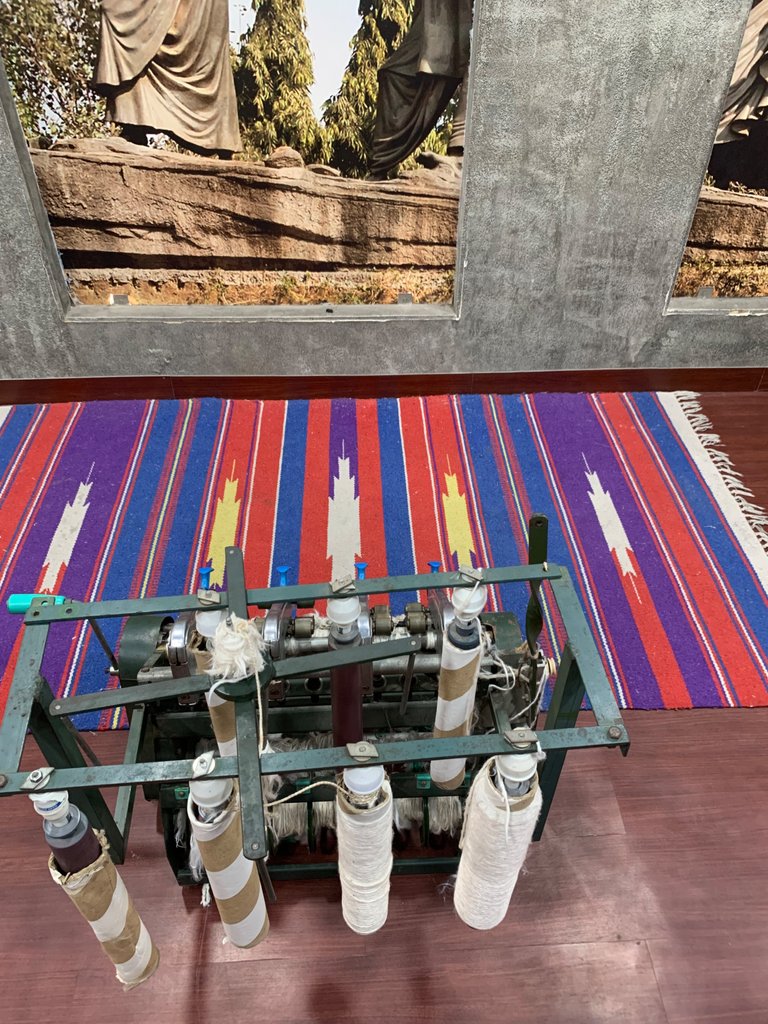
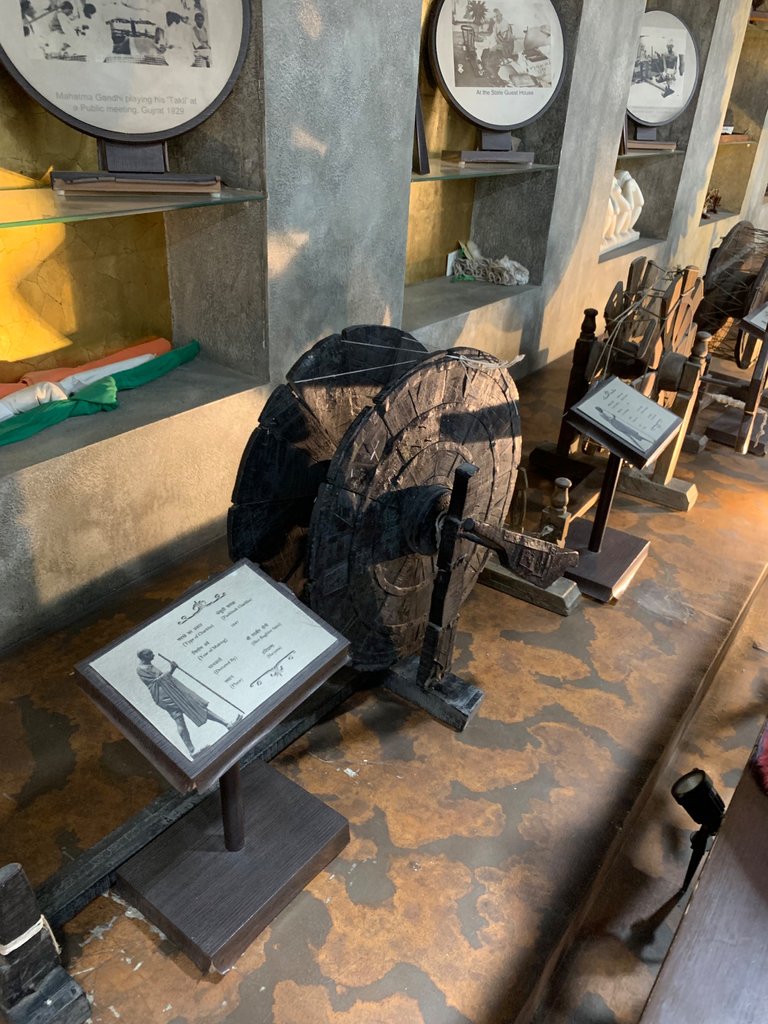
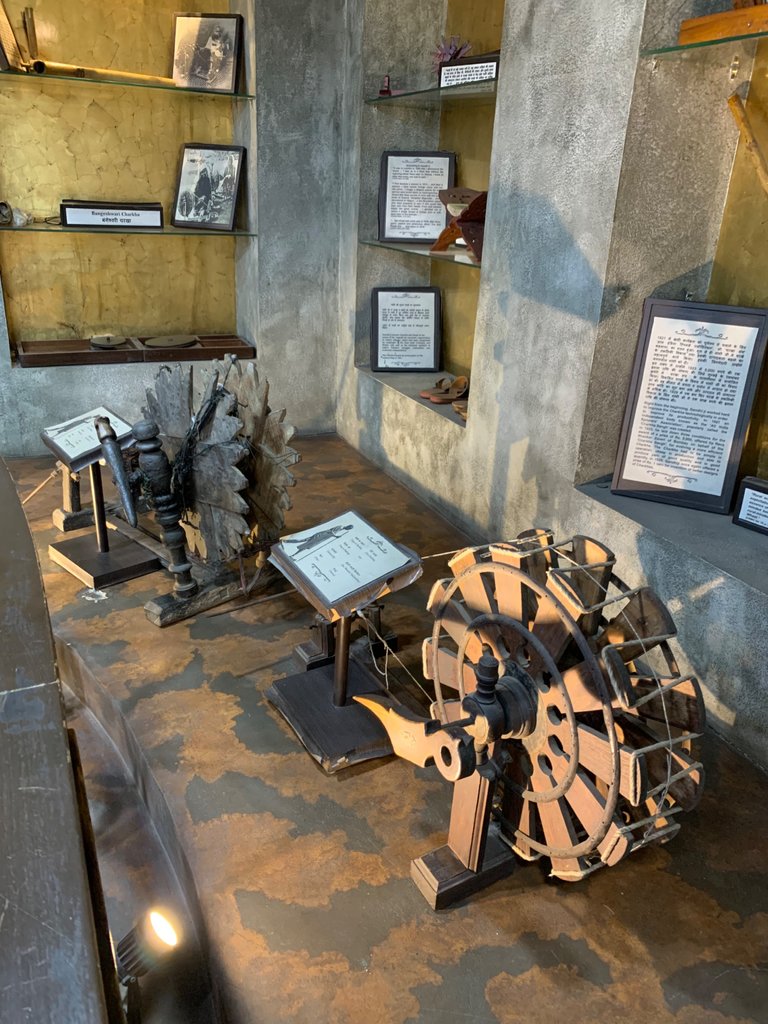
Visiting the Charkha Museum was a memorable experience that deepened our understanding of India's rich heritage and the pivotal role played by the charkha in shaping the nation's history. This museum serves as a valuable resource for both locals and tourists, fostering a sense of pride and appreciation for India's past while inspiring a commitment to a brighter future.
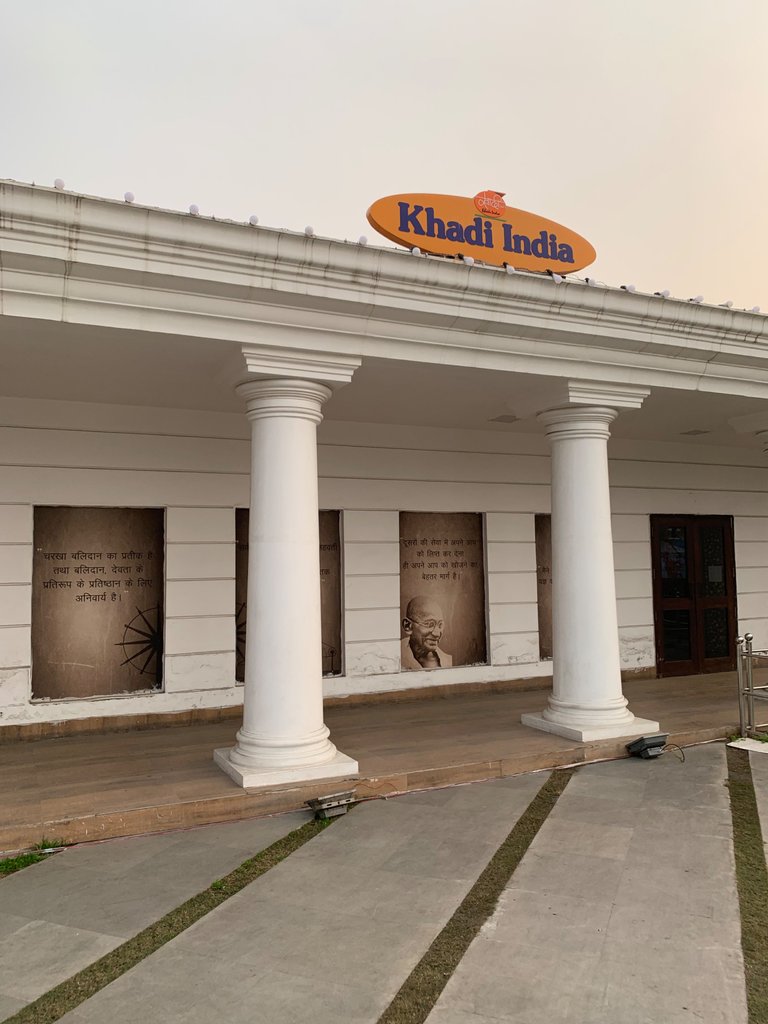
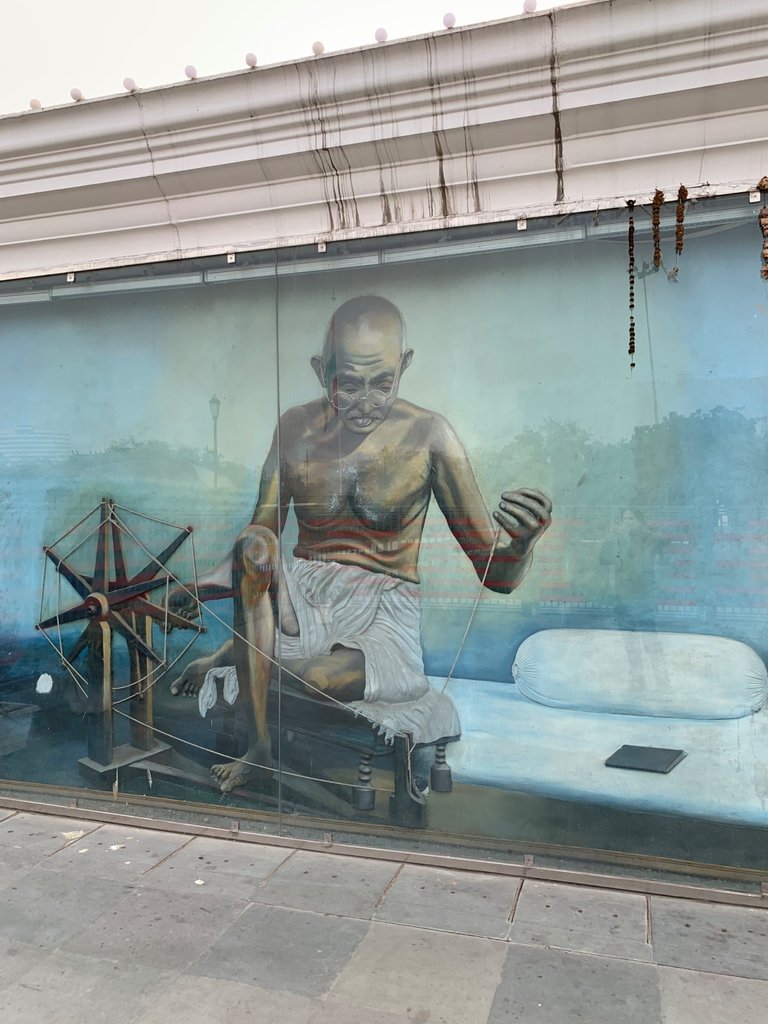
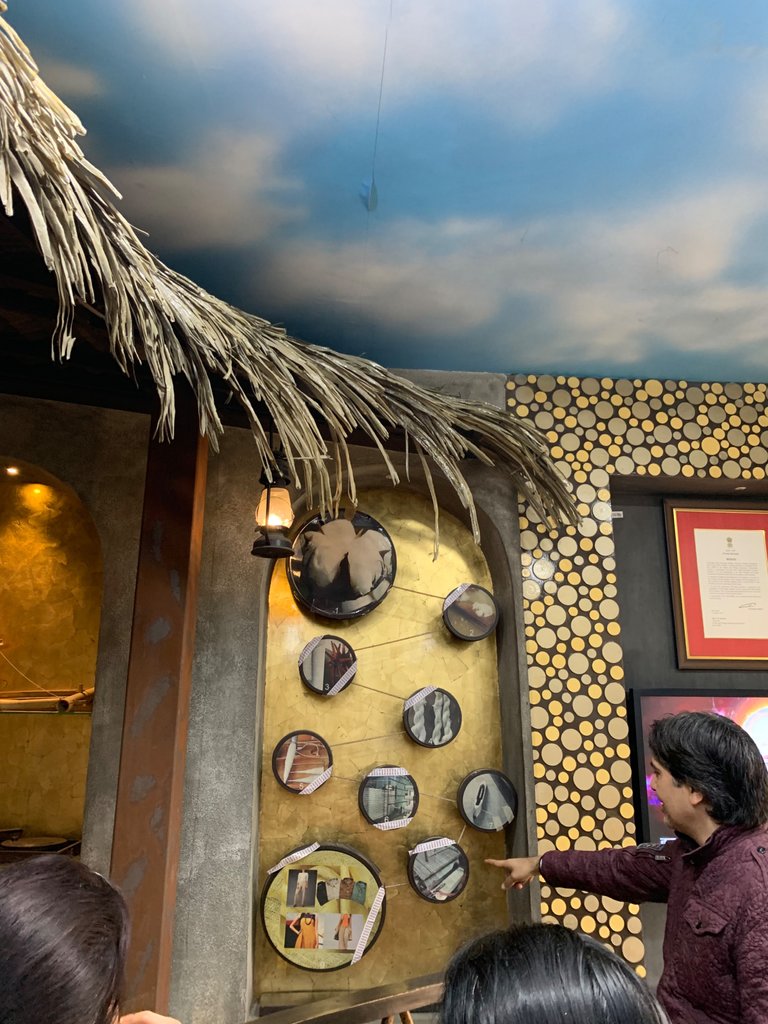
Device used for photography: IPhone XS Max.
These pictures are clicked by me and this blog is completely original and free of plagiarism. Thank you!
Congratulations, your post has been added to Pinmapple! 🎉🥳🍍
Did you know you have your own profile map?
And every post has their own map too!
Want to have your post on the map too?
Thank you
Congratulations @riyaverma123! You have completed the following achievement on the Hive blockchain And have been rewarded with New badge(s)
Your next target is to reach 7000 upvotes.
You can view your badges on your board and compare yourself to others in the Ranking
If you no longer want to receive notifications, reply to this comment with the word
STOPCheck out our last posts:
Thank you
You can do it @riyaverma123! Keep pushing yourself and reaching for the stars on Hive.